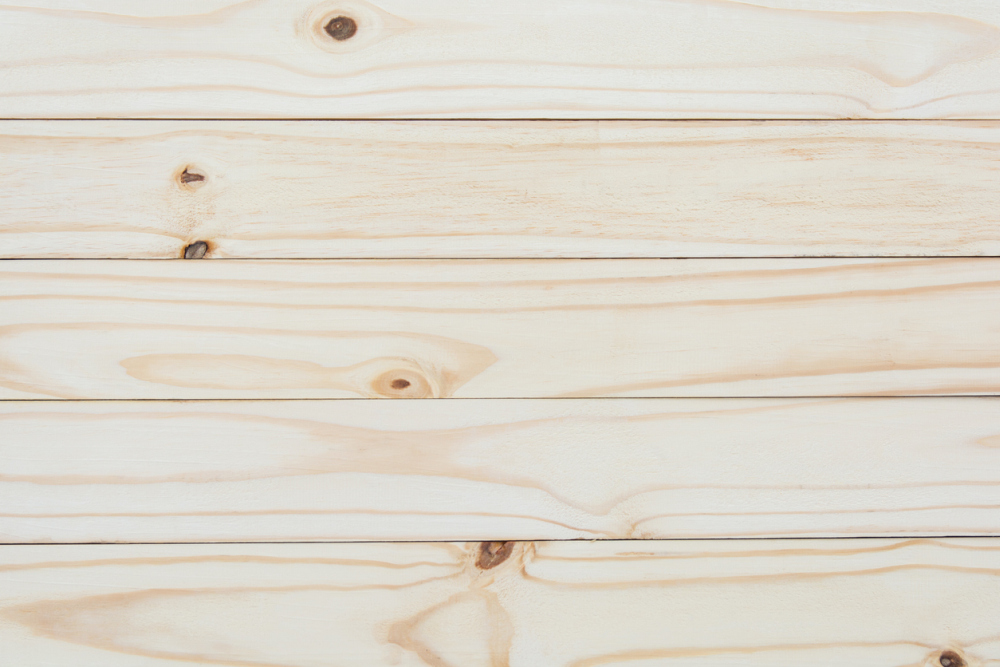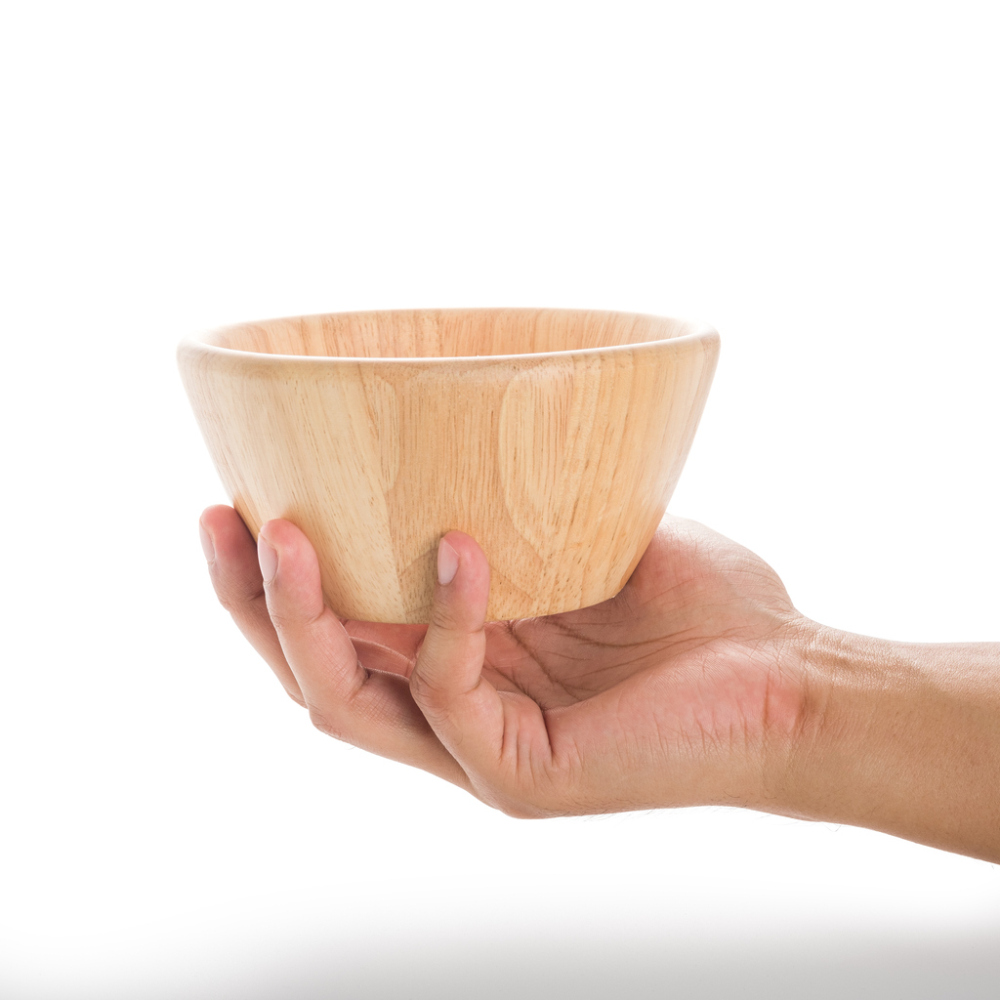What Is Rubberwood And What Is It Used For?
Rubberwood is another term that you may want to learn. But all of these terms can be difficult to keep up with. This is especially true for woods as there are hundreds of different types of wood going in and out of style.
Rubberwood is a term that isn’t new but was popularized in the 80s. Its discovery followed the discovery of latex in the 1800s which is another thing that the tree produces. But that’s only touching the surface of all this wood can do.
What Is Rubberwood?
The rubberwood used in wood furniture comes from the tree that produces latex. The scientific name for these trees is Hevea brasiliensis. The tree is native to Brazil but often grows on plantations throughout South America and Asia.
It takes rubberwood trees about ten years to mature. This is when the latex is extracted. The extraction can happen for ten to twenty years. After the latex extraction has finished, the wood is then harvested for furniture.
However, if left alone, most rubber trees can live to be over 100-years-old and grow to be over 100-feet-tall. This is why where you get your rubberwood is so important. But we’ll talk more about that later on.
Is Rubberwood Synthetic Rubber?

Although the name of the wood is rubberwood, there is no synthetic rubber in the tree. Only latex rubber, real latex rubber can be found in traces due to the latex that grew in the tree throughout its life.
However, the wood is solid and not rubbery at all. It is a blonde color that is similar to maple which makes sense considering its texture is also similar to maple though it is a bit coarser. It is similar to maple in most ways, in fact.
Rubberwood should be finished to prevent the coarse texture from causing splinters or deteriorating. While deterioration isn’t a huge concern with treated and finished wood, it can be if the wood isn’t taken care of.
How Much Does Rubberwood Cost?
Although the price of rubberwood furniture varies based on the manufacturer and the quality of the furniture made, the price of the wood itself when finished is usually around the same price. This is when you buy it for countertops.
When buying this type of wood for countertops or a solid surface like for a desk, you can expect to pay $350 for a 10x2ft piece. This is less than $20 per square foot. While this may sound like a lot, this is finished wood.
For unfinished wood, you may pay less. Just ask your local home improvement store if they have any rubberwood in stock and how much it cost. You may be able to make a special order if they don’t have any.
Pros And Cons Of Rubberwood

Like any wood, rubberwood has both its pros and cons. It may seem like it doesn’t have any downfalls at this point, and it is a fairly amazing wood, but everything has its cons. Even if it seems perfect from time to time.
Pros
- Takes Stains Well – rubberwood is one of the easiest woods to stain and treat. It doesn’t absorb finishes but it also doesn’t let the varnishes lay on top of the wood or runoff. It finished beautifully!
- Easy To Cut And Carve – although it is hardwood, rubberwood is easy to cut and carve. So you can still make intricate designs that will stay in place throughout the years. Or simply make cutting the boards easier.
- Can Paint – just like you can stain rubberwood easily, you can also paint it. It doesn’t absorb the paint nor let it sit on top. It paints well and the color turns out just like you would expect it to.
- Not Expensive – although there aren’t many kinds of wood that are considered cheap if they are real wood, rubberwood isn’t an expensive wood. It is cheaper than most woods that are similar in color and texture.
- Easy To Clean – this wood doesn’t require special treatment and can be cleaned just like any other wood. So you can buy any product that is safe to use on hardwood to clean your rubberwood furniture.
- Rot-Resistant – rubberwood is naturally rot-resistant. Althopugh it is possible that it will rot, it is highly unlikely, especially if finished as finished wood of any kind is much less likely to rot than unfinished wood.
Cons
- Can Warp – unfortunately, rubberwood can warp while it dries. But if it is treated right, then it won’t very much, if any at all. Just ask the seller if this is a concern before finishing the wood or making any changes.
- Not For Those With Latex Allergy – because there could be residual latex on rubberwood, it isn’t recommended for people with latex allergies. Latex allergies are quite common, so if you don’t know if you have the allergy, get tested.
- Not Naturally Insect Repellant – although a protective shield can be added to rubberwood to ensure it doesn’t let any insects get through, it won’t do it on its own. The same goes for fire resistance.
- Not Resistant To Heat – although rubberwood doesn’t burn quickly, it does get marks on it quickly when exposed to heat. So don’t leave any hot pans on it or you’ll be left with unsightly white rings.
- Uncommon In Its Raw Form – it can be very difficult to find untreated rubberwood. Most of this wood in America is already made into furniture or home decor items. So if you make your own furniture, you may have to have it imported.
FSC Certification
Although it isn’t necessary to buy FSC certified wood, it can benefit the future of our earth to do so. If wood is FSC certified, it has been harvested from forests that are managed by green-friendly individuals who are environmentally conscious.
The wood bought from an FSC-certified company is going to make a difference if you choose it over those that aren’t FSC-certified. Imagine buying a puppy from a reliable breeder vs. a puppy mill. This is very similar.
Look for the Forest Stewardship Council (FSC) logo on the wood that you buy or ask the manufacturers or sellers where they get their wood. If they can’t prove that they are FSC-certified, then consider looking somewhere else.
If you are buying from a large company selling furniture, there’s a good chance the wood is safe. So don’t worry about buying from Amazon, Wayfair, or another company as precautions were probably taken by them.
Rubberwood Vs. Hardwood
This is what people don’t understand. Rubberwood is considered a hardwood. Hardwood isn’t a type of wood but a category of wood. So this wood is hardwood but not all hardwood is this type of wood, of course.
This is confusing considering the name rubberwood gives you visions of bendy wood that is flexible and weak. But it is just as strong as teak if treated correctly, making it one of the more durable woods available.
As for whether it is better than other hardwoods or not depends on what you’re looking for. Most hardwoods are comparable and should be chosen based on cost and the look of the wood rather than the features.
What Is Rubberwood Used For?

Rubberwood is primarily used for furniture and that is what it is usually harvested for. But there are plenty of other uses for rubberwood that is produced every single year. Here are the most common uses for rubberwood.
Furniture
Rubberwood makes great furniture and this is what it is used for most often. When it comes to this type of wood, expect to find a lot of tables, chairs, and desks. Rubberwood can withstand the impact resistance needed for this type of furniture.
Cabinetry
Because it is rot-resistant, rubberwood works well for cabinetry. You can use it in the kitchen or bathroom and rest assured that your wood won’t rot. Especially if it is treated wood, which most rubberwood that you buy is.
Millwork
Millwork is any type of wood produced in a mill. While rubberwood isn’t ideal for exterior millwork, it works great for any type of interior millwork. So in short, as long as the lumber is used inside, rubberwood will work for the project.
Cutting Boards and Butcher Blocks
Because it is strong hardwood, rubberwood works well for cutting boards and butcher blocks. It is resistant to deep cuts and can self-heal if the cuts are soft. You can also resand the wood and refinish it as necessary.
Musical Instruments
Some vintage and new instruments are made of rubberwood. From bongo drums to guitars, musical instruments can be made of rubberwood. The color is attractive and the instruments will last for centuries.
Is Rubberwood Right For Me?
Since there are few drawbacks to rubberwood, there’s a good chance it is right for you. The primary question you need to ask yourself is whether you like the way it looks or not. Because this is the primary concern.
As for other concerns, just make sure that it is FSC certified if that is something that matters to you. Other than that, you’re good to go! Rubberwood is a durable wood that is gorgeous and withstands the test of time.
